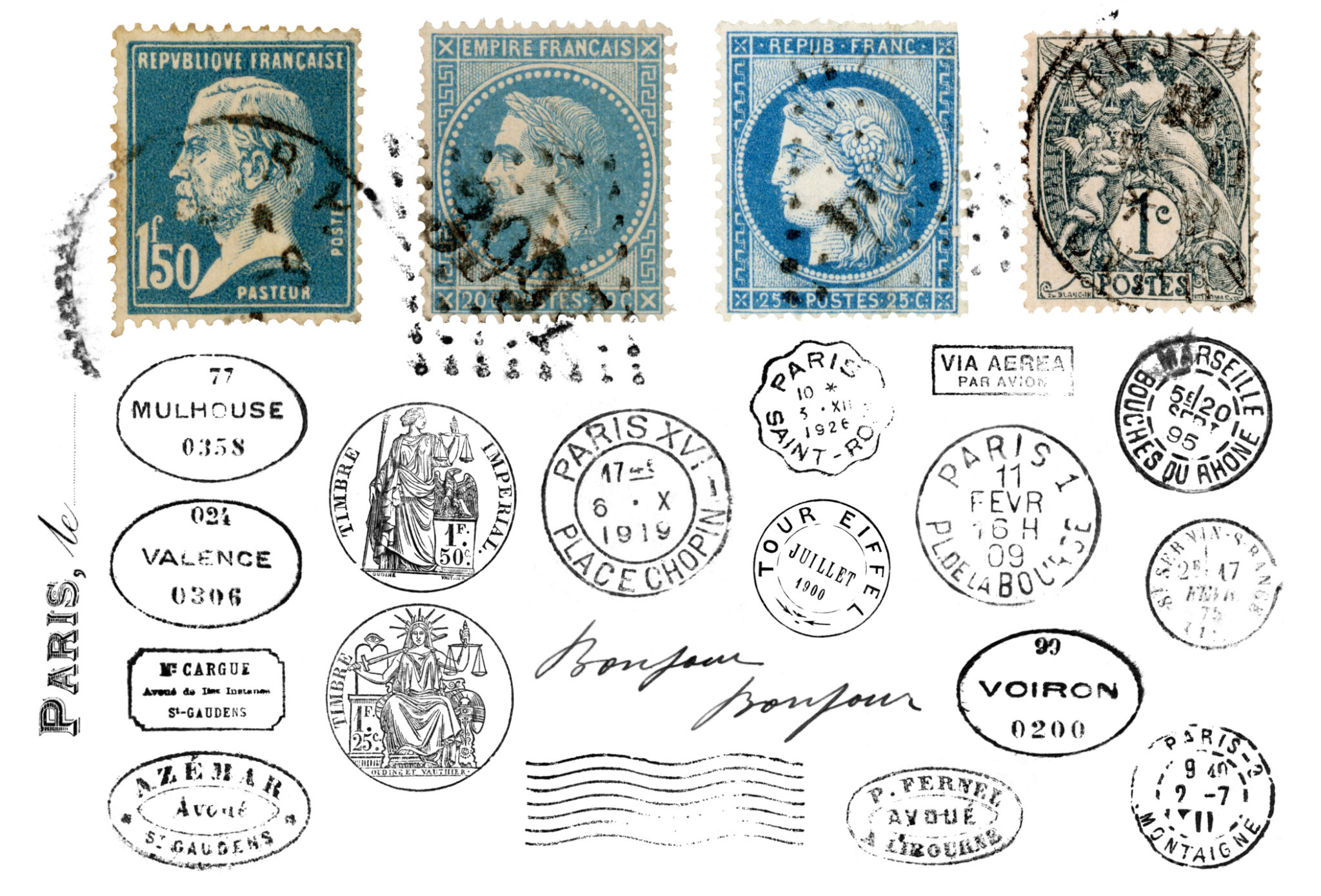Step-by-Step: Creating Custom Dispute Letters for Faster Credit Repair
Understanding the Importance of Custom Dispute Letters
Repairing your credit can be a daunting task, but one of the most effective strategies involves sending custom dispute letters. These letters are crucial in correcting inaccuracies on your credit report, which can significantly impact your credit score. By personalizing your dispute letters, you increase the likelihood of a quicker and more favorable response from credit bureaus.

Gathering Your Credit Report Information
The first step in creating custom dispute letters is to obtain a copy of your credit report. You can receive a free report from each of the three major credit bureaus: Equifax, Experian, and TransUnion. Carefully review each report for errors or discrepancies that could be negatively affecting your credit score.
Common errors include incorrect personal information, accounts that don't belong to you, or incorrect account statuses. Make a list of all the inaccuracies you find, as these will be the focus of your custom dispute letters.
Details to Look For
When reviewing your credit report, pay close attention to the following details:
- Name and address inaccuracies
- Incorrect account balances or payment statuses
- Duplicate accounts or fraudulent accounts
- Errors in credit limits or dates
Drafting Your Custom Dispute Letter
Once you've identified the errors on your credit report, it's time to draft your dispute letter. Start by including your personal information, such as your full name, address, and contact details. Then, clearly state the specific inaccuracies you wish to dispute. Reference the account numbers and describe the errors in detail.

Be concise and factual in your descriptions. Attach copies of any supporting documentation, such as bank statements or correspondence with creditors, to strengthen your case. Remember to keep the tone professional and assertive.
Sample Structure for a Dispute Letter
A well-structured dispute letter might include:
- Your contact information and date
- The credit bureau's contact information
- A formal greeting
- A brief introduction explaining the purpose of the letter
- A detailed description of each error, including relevant account details
- A request for correction or removal of the inaccuracies
- A polite closing statement
- Your signature
Sending Your Dispute Letters
After drafting your dispute letters, send them via certified mail to ensure they are received and processed by the credit bureaus. Certified mail provides proof of delivery and ensures that your correspondence is taken seriously. Keep copies of all letters and any correspondence you receive from the bureaus in case you need to follow up.

Tracking Your Progress and Following Up
Once you've sent your dispute letters, track their progress through certified mail receipts. The credit bureaus are required by law to investigate your disputes within 30 days. If you do not receive a response within this timeframe, follow up with another letter or contact the bureau directly.
Keep a record of all communications and responses related to your disputes. This documentation will be essential if further action is needed or if you need to escalate your case.
Final Steps for Effective Credit Repair
If your disputes are resolved successfully, ensure that the changes are reflected in updated credit reports from all three bureaus. Regularly monitoring your credit report can help you maintain an accurate credit history and avoid future discrepancies.
Remember that repairing your credit is an ongoing process that requires diligence and patience. By taking these steps to create custom dispute letters, you can effectively work towards improving your credit score and achieving financial stability.
